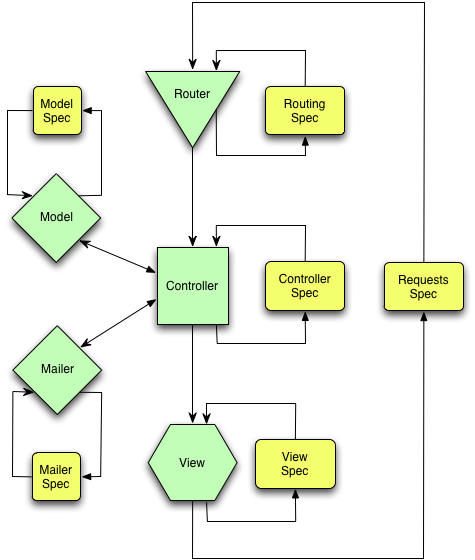Having created many web application in Ruby, I always feel pain in my ass when I have to deploy a new release. Usually I have problems with the environment, last time for instance I had to reconfigure my appication to use postgresql instead of sqlite just to work on heroku. I’m paranoid and I want to be sure the deployed application works perfectly. I use TDD, write so many unit and functional tests under developing which pass on my computer, but it doesn’t mean my software works on the production environment too. The hosting services provide me only a black box, just for example heroku where the deploying process installs and configures everything after pushing to the master branch and I just hope it will work by end of deployment.
I was thinking on a unique solution for releasing web applications. My goal is a web application would run like a simple application, just start with a client tool and it runs everything it needs. I describe my idea and give you a little proof of concept to show it works!




Recent Comments